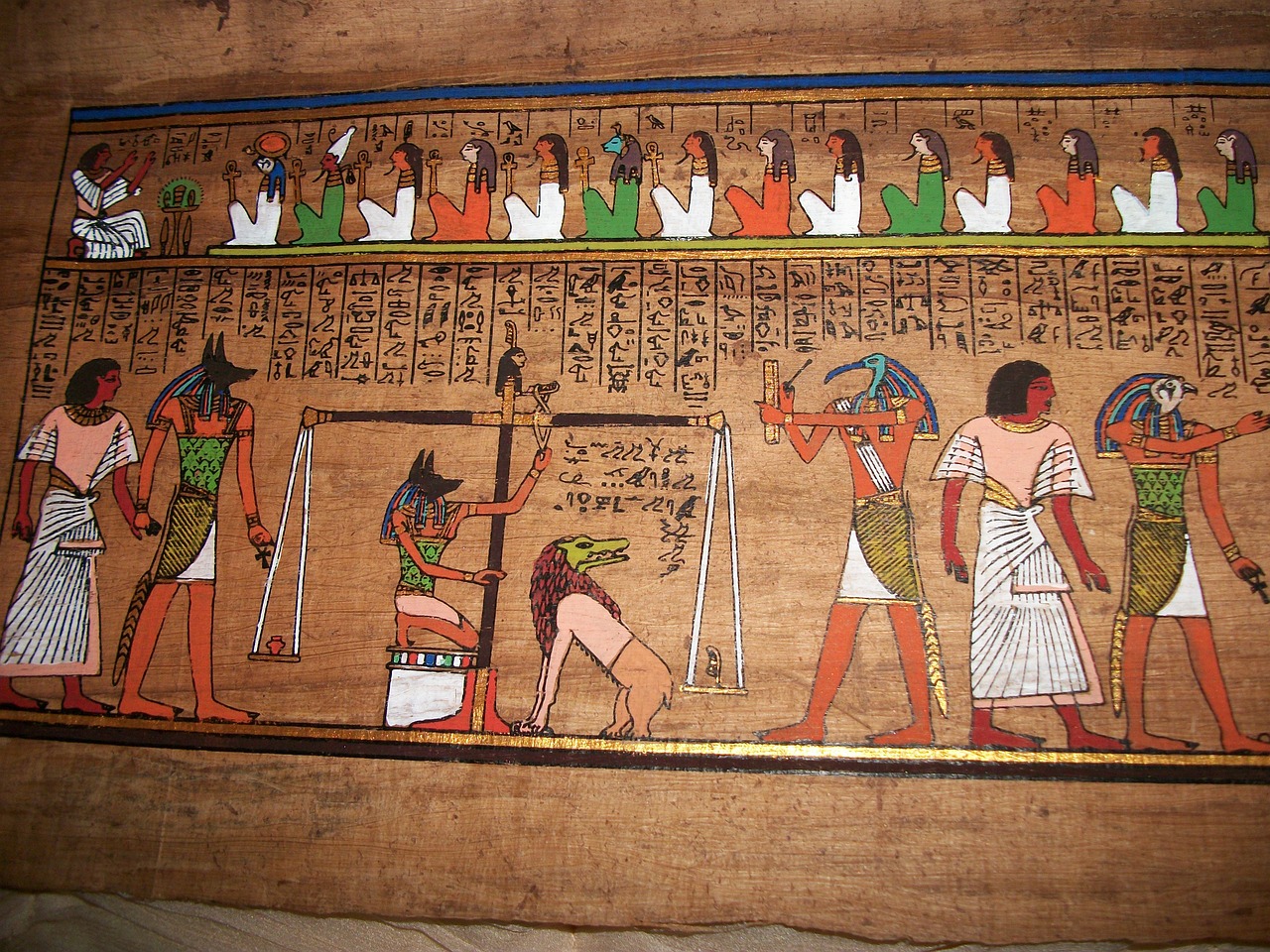The Multifaceted Deities of Horus in Ancient Egyptian Mythology
In ancient Egyptian mythology, Horus is recognized as a prominent sky god, encompassing primarily two figures: Horus the Elder and Horus the Younger. The former, often referred to as Horus the Great, is considered one of the earlier deities, while the latter is depicted as the son of Osiris and Isis.
Historian Jimmy Dunn highlights the complexity of Horus, describing him as “the most significant of avian deities” whose varying representations across inscriptions make it challenging to clearly identify the “true” essence of Horus. This ambiguity suggests that while ‘Horus’ often denotes the elder god or the heroic son who triumphed over Set, it also broadly refers to a variety of falcon-like deities worshipped throughout Egypt.
The term Horus derives from the Egyptian word Hor, meaning “the Distant One,” emphasizing his role as a celestial being. Horus the Elder, who is a brother to deities such as Osiris, Isis, Set, and Nephthys, is depicted in various forms. In contrast, Horus the Younger, also known as Horus the Child, evolved to symbolize hope and protection, a character significantly influenced by the Greek interpretation, Harpocrates. This version of Horus represents silence and secrecy, often illustrated as a child with a finger to his lips.
Horus the Younger: Protector and Unifier
Horus the Younger is primarily regarded as a mighty sky god connected to both the sun and moon. Known as the defender of the pharaohs, he played the role of avenger against injustices, reuniting the two lands of Egypt and embodying the essence of war. His eventual synthesis with the sun god Ra led to the creation of Ra-Harahkhte, a deity depicted as a falcon-headed figure who sailed daily across the skies, symbolizing divine order and continuity. The Eye of Horus and the falcon stood as significant symbols tied to his identity.
Horus the Elder’s Significance
Horus the Elder holds a foundational place within Egyptian mythology, often described as the offspring of Geb (the Earth) and Nut (the Sky). Contrary narratives position him as a son of Hathor. Though some sources state that he shares a close bond with the goddess, Horus’ perception varies extensively across various regions and traditions, leading to a multitude of interpretations. Scholars like Geraldine Pinch have documented how early representations of Horus can be traced back to depictions of falcons in ancient transportation vessels across the heavens.
The existence of various falcon deities, which eventually amalgamated into the persona of Horus, emphasizes the shared thematic elements within Egyptian mythology. Early attributions such as those towards Dunanwi and Montu highlight regional variances in worship and legend.
Richard H. Wilkinson noted that from the inception of the Dynastic Period, worshippers associated themselves with Horus, suggesting a longstanding veneration. As the deity associated with the sun and moon, Horus was regarded as a figure of oversight, drawing parallels to the protective qualities allotted to feminine divine figures such as Hathor.
The Osiris Myth: A Narrative of Struggle and Renewal
The narrative surrounding Horus is intrinsically tied to the myth of Osiris, embodying profound themes of love, revenge, and rebirth. The tale unfolds in a primordial landscape where Osiris, alongside his wife Isis, introduces civilization to humanity. Set, the envious brother of Osiris, orchestrates a sinister plot leading to the death and dismemberment of Osiris. Yet, amidst despair, Isis’ tenacity drives her to reclaim her husband, birthing Horus from the remnants of their love.
Horus, thus raised away from the threats posed by Set, ultimately stands as a symbol of resilience and divine justice. The various accounts of battles between Horus and Set include trials before a congregation of deities, which in turn establish the legitimacy of Horus’s claim to the throne that was unjustly usurped.
In a poignant moment of cunning, Isis concocts a plan that exposes Set’s true nature, leading to Horus’s ascendance and the restoration of order. The rich tapestry of Horus’s victories underscored his importance in the ancient royal ideology, making him synonymous with kingship throughout Egypt.
Worship Practices and Cultural Impact
Worship of Horus took various forms across numerous temples dedicated to both his elder and younger incarnations. Key locations like Khem, Edfu, and Behdet played vital roles in religious practices. The cult of Horus centered on rituals and temple offerings, allowing devotees to seek divine aid and support in their daily lives. The widespread reverence for Horus united the populace through common belief.
Through the Four Sons of Horus, the deities symbolizing the protective forces safeguarding the deceased’s vital organs, the influence of Horus extended even beyond life, emphasizing the thorough spiritual connection prevailing among followers.
Interconnections with Later Religious Beliefs
The legacy of Horus discovered new interpretations during the rise of Christianity, with parallels drawn by some modern scholars between Horus and figures such as Jesus. The claim that Egyptian mythology fostered early Christian beliefs stirred controversy among scholars, with some asserting that parallels exist between the two narratives. Yet, historical interpretations and the nature of their respective cults highlight differences in mythology, cultural context, and interpretations of divinity.
In conclusion, the multifaceted nature of Horus in ancient Egyptian mythology reflects a blend of divine attributes and humanity’s ongoing struggle to navigate the complexities of life, death, and rebirth, with Horus enveloping both ancient kingship and ongoing spiritual reverberations through history.



